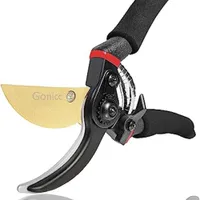How to harvest lavender seeds – for growing more of these fragrant shrubs
Although it's not the most popular method for propagation, collecting lavender seeds only takes four simple steps

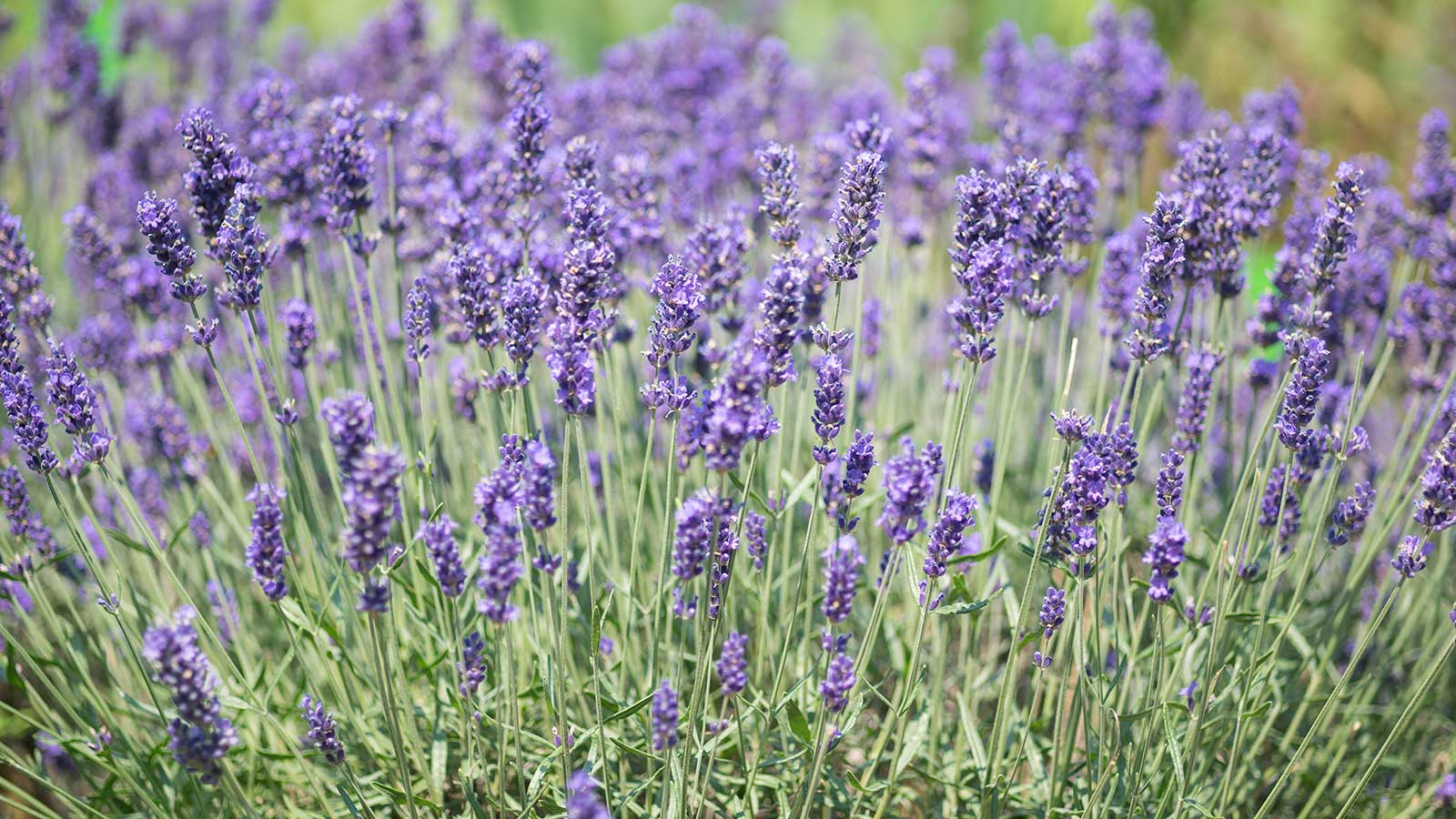
Q: I have lots of lavender shrubs in my front yard. As they're doing so well, I would like some more to plant at the back of my plot, too. Is it possible to collect the seeds from the flowers to sow new plants?
A: Collecting seeds from your garden flowers is a fun and relatively easy task – and, of course, rewards you with more plants for free. When it comes to propagating lavender, however, it's not the most common approach.
'Collecting seeds is certainly doable, but it is something we tend to avoid,' says Stephen Robins, Founder of Pelindaba Lavender. 'The reason for this is that non-sterile lavender varieties hybridize readily in nature. If one is looking to propagate a specific variety, growing from seeds can result in variable outcomes (and it takes quite an investment in time).
'We much prefer propagation by taking cuttings from a mature plant,' he continues. 'This method ensures variety integrity and is also the only way to propagate sterile varieties of lavender.'
However, if you fancy experimenting anyway, there are a few steps you'll need to follow.
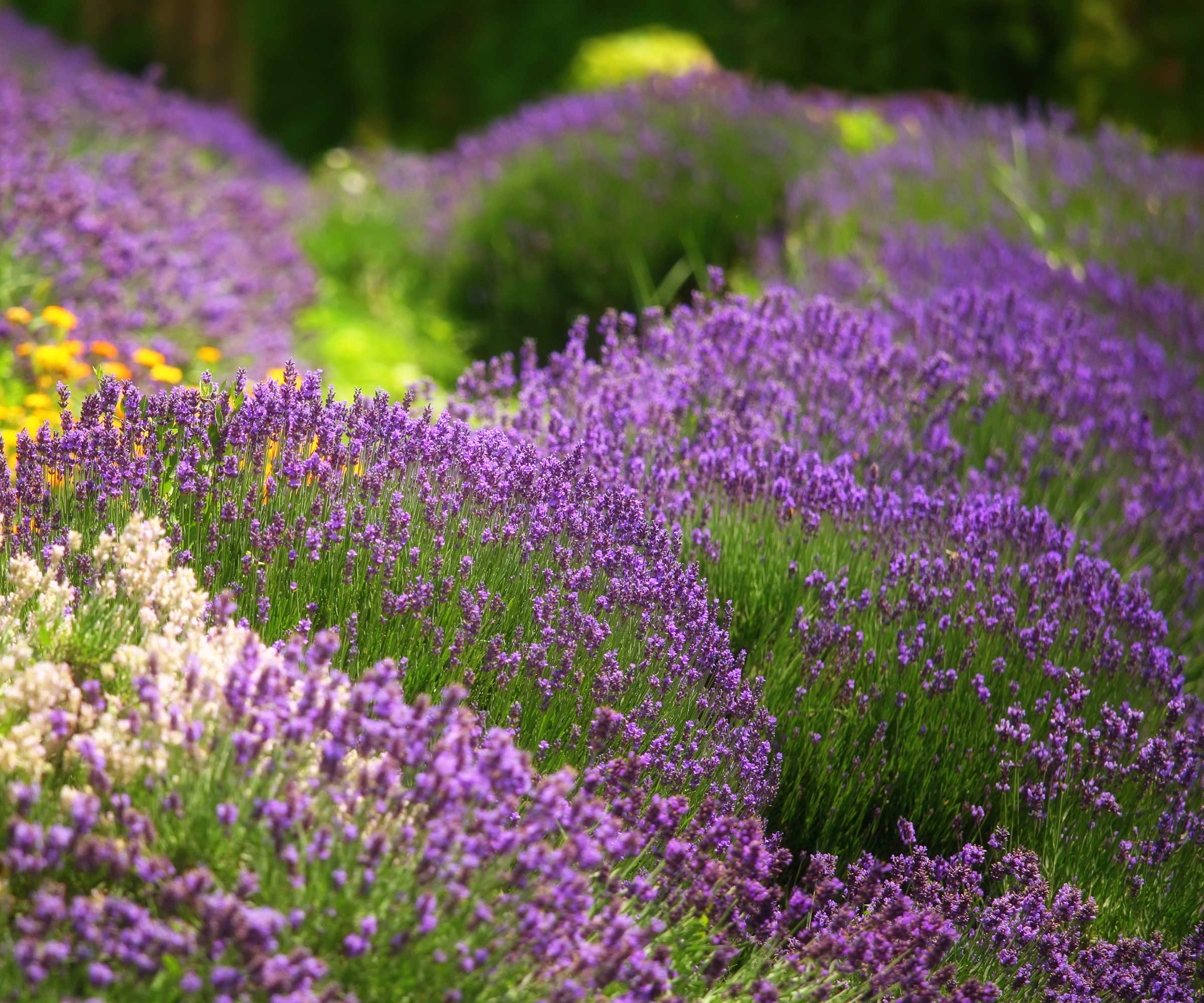
Lavender is a gorgeous garden shrub that can be grown in containers or in the ground
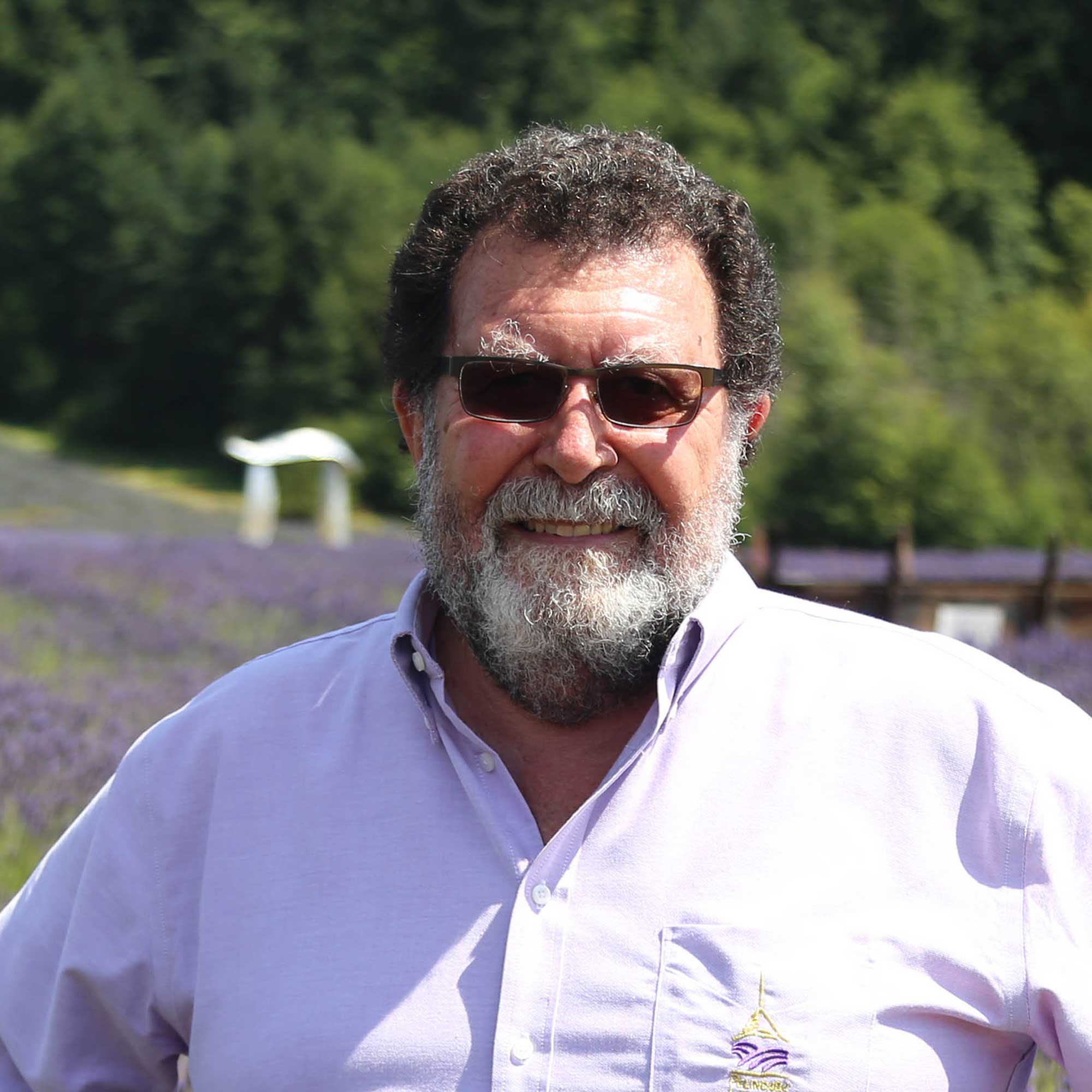
In the late 1990s, Stephen Robins, a retired physician and healthcare consultant, had a vision to create a self-sustaining open space on San Juan Island, Washington State for residents and visitors to enjoy. Thus was born Pelindaba, a Zulu word that hearkened back to Stephen’s South African roots and which can be translated as 'place of great gatherings' – a name that incorporates the two key elements of the concept; great gatherings of crops and great gatherings of people. Since that time, Pelindaba Lavender has become the premier grower of lavender plants, distiller of lavender essential oils, and hand-crafter of lavender-based products.
How to harvest lavender seeds – in 4 steps
According to the Royal Horticultural Society (RHS), lavender seeds should be harvested in late summer. Lindsey Chastain, a homesteader and the Founder of The Waddle and Cluck blog, shares her step-by-step tips.
- Wait until the lavender flowers have dried out on the stalk. They will look brown and brittle.
- Next, cut the entire flower stalk off the plant with pruners or scissors. Do this in the morning after any dew has dried for ideal results.
- Place the cut lavender stalks into a paper bag, folding over the top to close. Hang the bag in a warm, dry, well-ventilated area for a week or two. This encourages the flower pods to burst open, releasing the tiny seeds inside.
- Then, remove the stalks from the bag and rub the flower heads between your fingers over a bowl to separate all the remaining lavender seeds from the husks. Pick out any plant debris.
gonicc 8" Professional Premium Titanium Bypass Pruning Shears | $18.66 from Amazon
These pruners, with their non-slip handles and titanium steel blade, are a useful tool for harvesting lavender to collect seeds from.
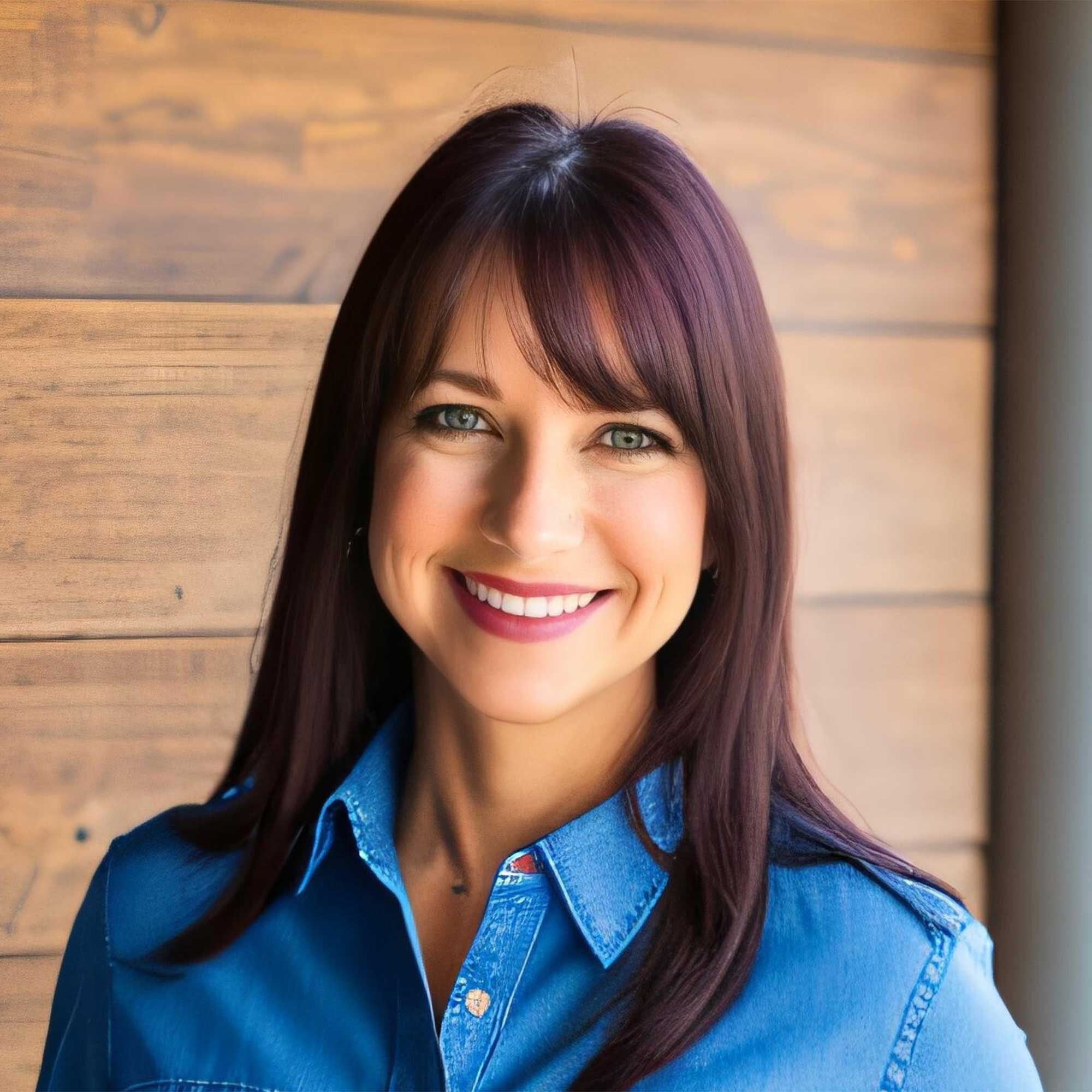
Lindsey started gardening in 2005, when her first son was born, as a way to save money. It started with a small window herb garden, then expanded to potted vegetables, and now, she and her husband can regularly be spotted in the garden on their homestead.
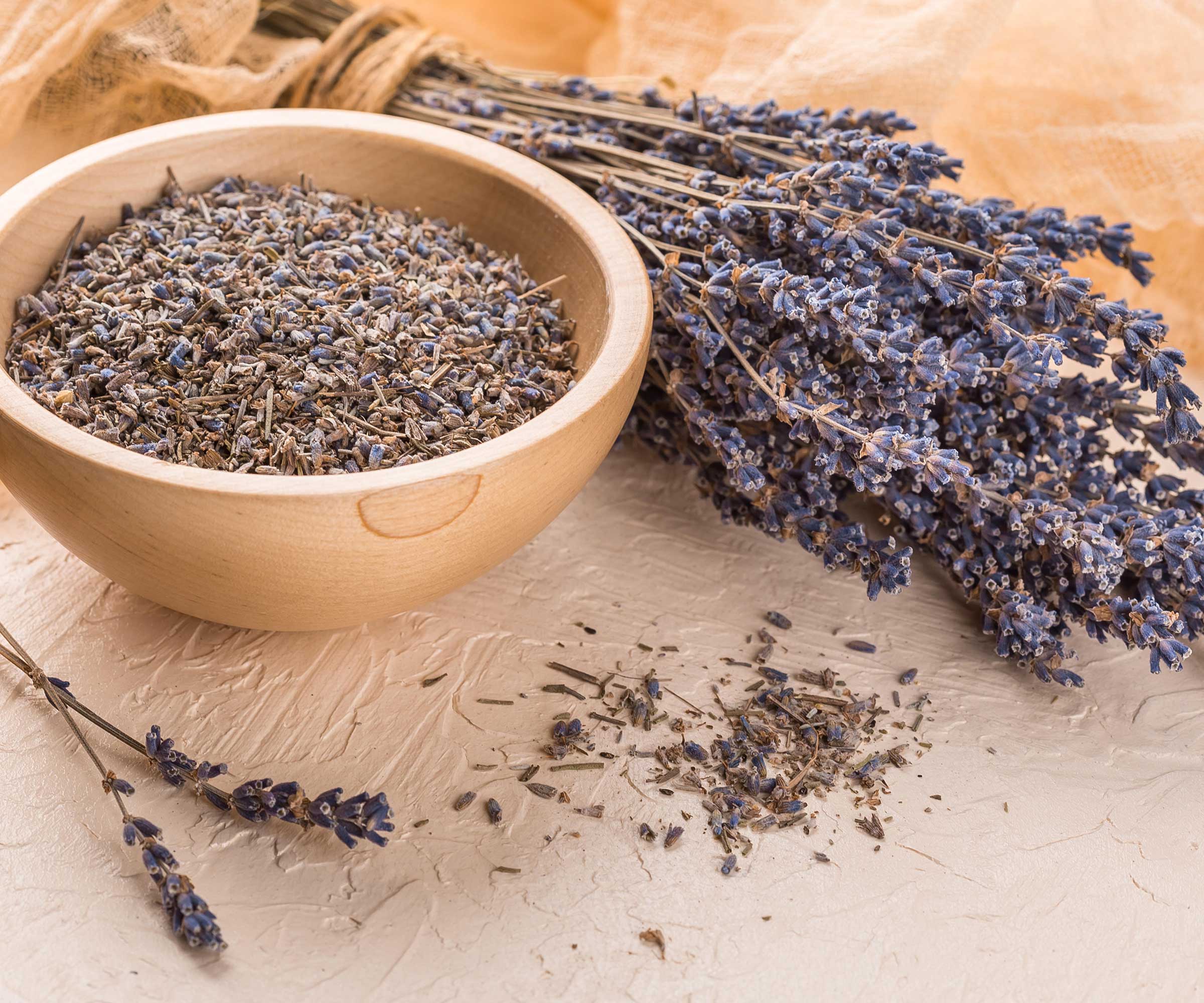
Collect the tiny seeds once the seedheads are dry
How to store and sow lavender seeds
'Place the clean seeds in an envelope or jar labeled with the variety,' instructs Lindsey. They can then be planted indoors 6-8 weeks before the last spring frost date. 'Sow them shallowly in starter trays and keep them moist until germination. In a few weeks, young lavender seedlings will emerge, ready to be transplanted outside into your herb garden after hardening off.' Bear in mind that lavender grown from seed can take a couple of years to bloom.
Design expertise in your inbox – from inspiring decorating ideas and beautiful celebrity homes to practical gardening advice and shopping round-ups.
If you don't get round to planting them in spring, don't worry – 'With proper drying and storing, lavender seeds can remain viable for up to five years,' Lindsey says.
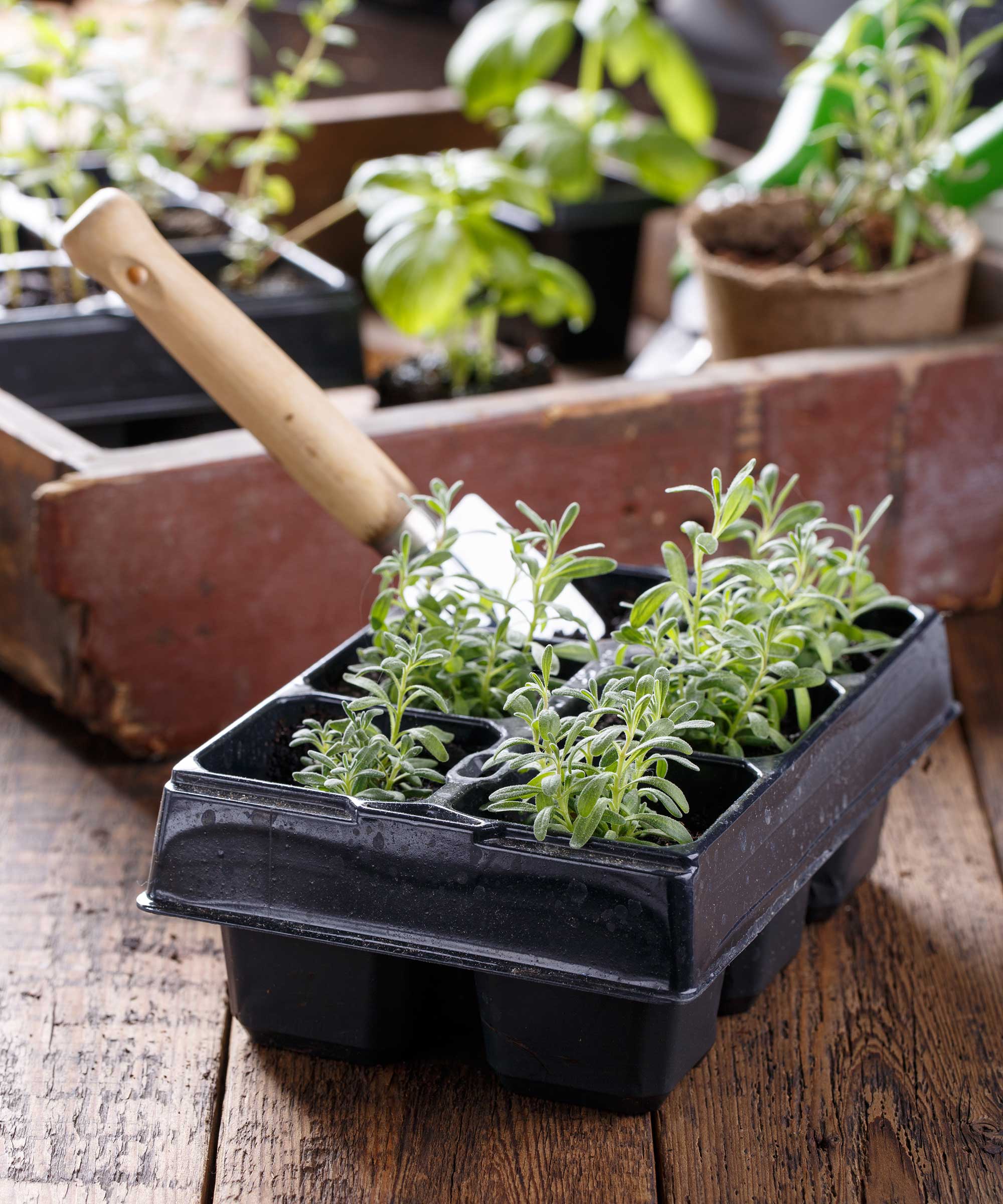
Lavender seeds take a few weeks to germinate – sometimes more
Your new lavenders will need proper maintenance to thrive – and remember to stay clear of the common lavender growing mistakes. With a bit of luck, you'll soon have healthy, happy plants that, once established, are ideal for drought-tolerant schemes, cottage-style gardens, garden edging, and more.

Holly started writing about gardening five years ago, and she is a regular contributor to Homes & Gardens. She has also written many gardening features for Woman & Home and Real Homes, too. She has previous experience as a professional gardener, where she helped to plant and maintain private gardens. Holly has also looked after allotment plots over the years and loves to grow her own flowers and veggies from seed. In her spare time, she enjoys visiting local gardens, botanical drawing, and tending to her ever-growing collection of houseplants.
